How to communicate with your freediving buddy is one of the most important skills in safe freediving, however often gets over-looked or simplified, causing misunderstandings that can jeopardise safety. It’s vital to be at the right place at the right time when buddying, and if there is any confusion about the dive plan or breath hold then the safety of both freedivers can be compromised.
The first step in how to communicate with your freediving buddy is simply to listen. Often we get so caught up in waiting for a person to pause for breath so that we can start talking, that we miss what they are trying to tell us. Freediving is also such a psychological sport, that often a freediver can say one thing (“I’m feeling confident and want to NAIL IT”) but actually be feeling another (“I’m totally crapping myself, why did I say I would do that depth?!”). When you truly listen, you listen without simultaneously thinking of what to say. You listen and observe, for what they are saying, but also how they are saying it, and what their body language might also be telling you.
When someone is nervous, the best thing you can do is to reassure them that, as their buddy, you are there for them and will do exactly what you have said you will. When you think about how to communicate with your freediving buddy, make sure that your language is clear and unequivocal. When diving with someone for the first time, never assume that how you behave when buddying is what they are used to or expecting.
A good example of this is buddying at the surface after the dive or breath hold. For safety reasons, at Go Freediving, we teach that when the diver reaches the surface, the buddy lightly puts their hand under the diver’s armpit whilst making sure the freediver is holding the buoy or pool side, and telling them to breathe and using their name. We teach this because it guarantees that if the diver were to suffer a hypoxic fit or black out, their airways will not dip below the water as the buddy already has hold of them, and it also reassures the diver that their buddy is very close. In competition however, the buddy is not allowed to touch the diver when they ascend, so if a freediver is not expecting to be touched then this may come as a surprise.
Here’s an introduction video of how to communicate with your freediving buddy with Emma Farrell.
How to communicate with your freediving buddy before the dive or breath hold
What is the dive or breath hold and what are the buddying expectations of the diver? Talk through your plan and confirm it so there are no misunderstandings. It is useful for the diver to say what they are doing and what they want and then for the buddy to repeat the dive plan back to make sure they are both on the same page.
On every freediving course you will be taught in detail how to buddy effectively and there is more information in The Beginner’s Guide to Freediving, chapter 6 Safety for Freediving however here are some key pointers in terms of communication for pool and open water disciplines:
Static Apnea
- How does the diver want to be positioned/held before the breath hold starts?
- What preparation/ count down is required?
- How do they want to be held during the breath hold
- How and when are taps going to be given?
- Is verbal coaching wanted? If so, what do they want to be told?
- Make sure taps are clear and any verbal communication is loud enough
Dynamic Apnea
- What preparation/ count down is required?
- How does the diver want to be positioned/held before the swim starts?
- Do they require a marker placed on the bottom at a specific distance?
- Do they require a sound underwater at a specific distance? (for example banging a metal object on the metal steps)
- What surfacing support do they want? I.e. float or torpedo buoy in the centre of the lane or helped to the side of the pool or lane rope
Constant Weight/ Free Immersion
- What preparation/ count down is required?
- When the buddy meets the diver at depth, do they want any non verbal communication?
It’s also important to mention the importance of the diver adhering to the dive plan. The buddy has timed their dive correctly and doesn’t want to get to depth only to find that the diver has decided to go deeper, stay longer or ascend slower. On a static or dynamic this isn’t an issue as the buddy is breathing but even then it is confusing and could indicate to the buddy there is a problem with the diver. If the diver is intending a pb in the pool then this open ended situation should be part of the dive plan already discussed.
How to communicate with your freediving buddy underwater
When teaching freediving courses we are constantly using non-verbal communication underwater with our students. This may be to remind them of the skill they have to perform and how to do it, or to remind them about safety.
Here you can see a little video compilation of instructor David Mellor on one of our RAID Freediver courses and the hands signals we regularly use with students.
Scuba divers have spent years perfecting hand signals to communicate under the water. How to communicate with your freediving buddy underwater is often a different prospect altogether due to the fact that the dive profile and equipment are so different. Some hand signals freedivers use are the same as the ones used in Scuba diving for example the sign seen in the video above for ‘look at me’
However many hand signals are unique to freediving.
Here we have used underwater photographer and Go Freediving Club member Pash Baker to demonstrate for you some of the most commonly used hand signals we use at Go Freediving. Gif credits to Rob White
Experience and intuition in learning how to communicate with your freediving buddy
The more time you spend freediving with people, the more experienced you get in picking up subtle signs and clues in their body language under and above the water. This enables you to become a better communicator and enhance both their physical safety in the water and also their perception of safety.
When a freediver is doing any dive, knowing that their buddy has their back is very reassuring, especially when the dive is deep or long. Good communication with your buddy takes practice, awareness and experience and results in safer and more enjoyable freediving!
Learn to freedive with Go Freediving
Go Freediving is the longest established, most experienced and friendliest freediving course provider in the UK, led by world class freediving instructor trainer Emma Farrell, and her team of personally trained instructors. No other course provider has such a good instructor to student ratio, safety record and personal touch.
Whether you’re a beginner dipping your toes into the world of freediving, a seasoned pro looking to turn professional, or simply a freediver of any level who wants the best freediving holiday in the world, we’re here for you!
Also check out our online guide, The Beginners Guide to Freediving by clicking here!
Keep in touch with everything Freediving
Subscribe to our mailing list for weekly newsletters with exclusive articles, news, films, offers and more!
And check out You Tube!

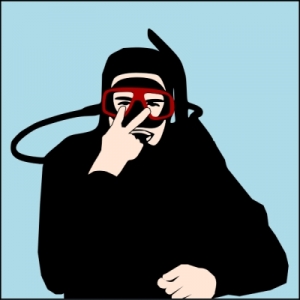
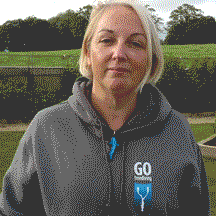
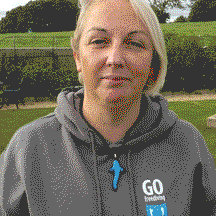
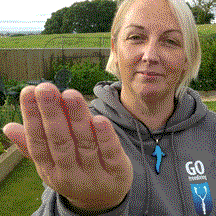
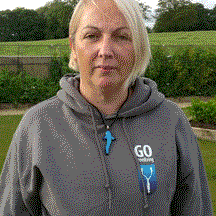

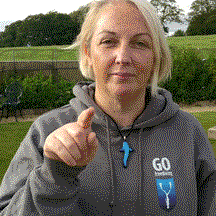
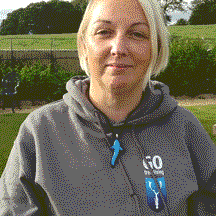

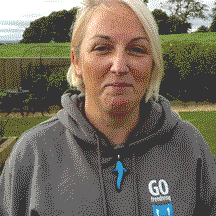
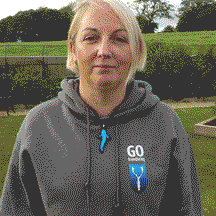
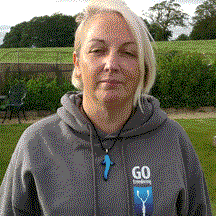

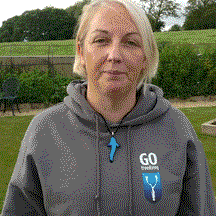

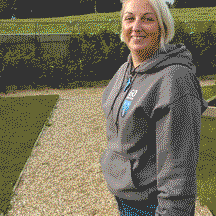
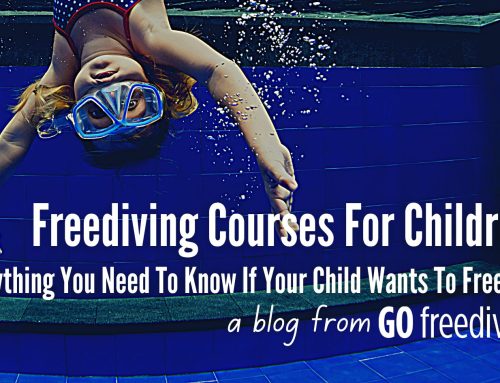
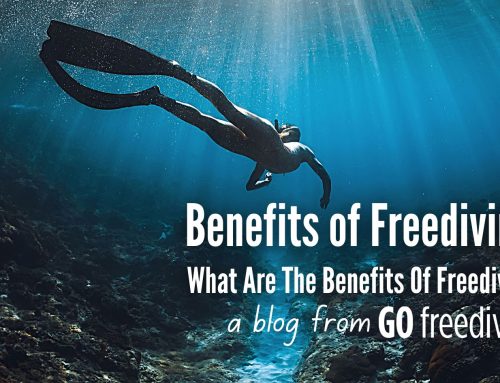
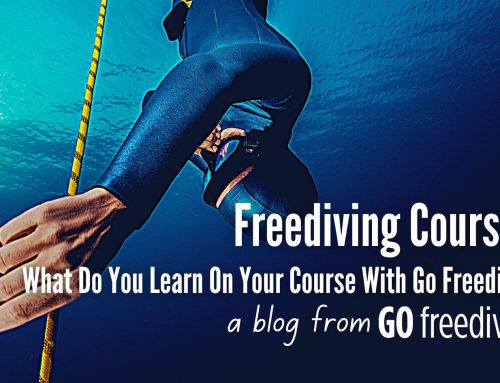
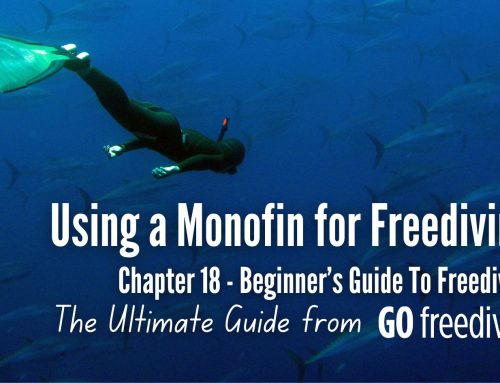

Leave A Comment